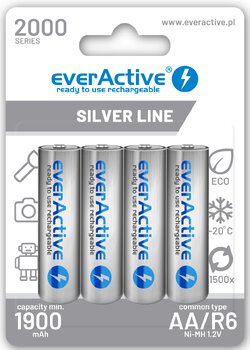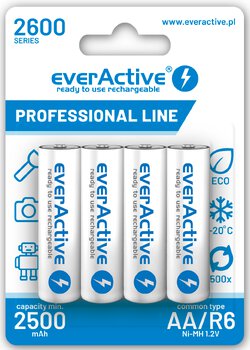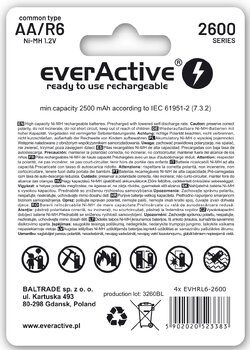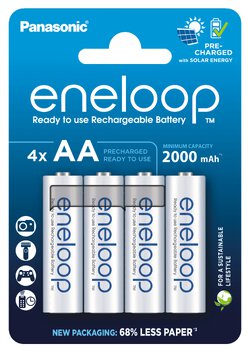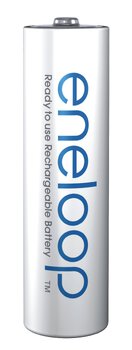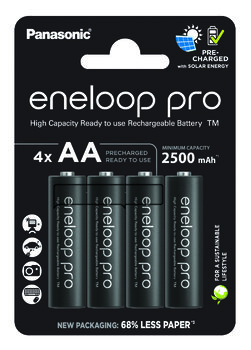- Tips
- technology
- Frequently Asked Questions
- Tests
- mAh capacity
- Rated Capacity
- everActive
- comparison
- Durability of rechargeable batteries
- Efficiency of rechargeable batteries
- battery voltage
- Accumulated energy
- Batteries vs rechargeable batteries
- LR03 AAA
- LR6 AA
- eneloop
- AG13 LR1154 LR44
- Delta V
- Charge Cycles
- internal resistance
- charge level
- CR 2032
- memory effect
- accredited test
- SR44 357
- Hearing Batteries 675
- SR626 377
- Watch Batteries
- Polarity
- Mah
- passivation
- LS 14250
- LS 14500
How to use nickel-metal hydride batteries correctly?
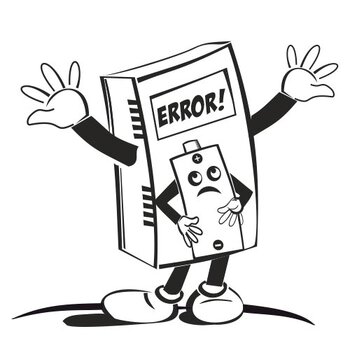
Table of contents:
- Problem No. 1: Using rechargeable batteries right out of the box
- Problem No. 2: Using the Lowest Charge Currents
- Problem No. 3: Additional discharge of the battery in the charger before each subsequent charge
- Problem No. 4: Incorrect (too low) measurements of the capacity of the new battery. Measuring and interpreting the battery capacity in charging mode
- Problem No. 5: Problems with charging new batteries or those that have not been recharged for a long time. Overcharging, overheating, undercharging of rechargeable batteries
- Problem No. 6: Choosing the most capacious rechargeable batteries for all devices
- Problem No. 7: Using rechargeable batteries as a direct replacement for disposable batteries in all devices
- Problem No. 8: Your charger needs to charge the batteries in pairs
- Problem No. 9: Using different rechargeable batteries in one device

Problem No. 1: Using rechargeable batteries right out of the box
We strongly recommend that Ni-MH rechargeable batteries be fully charged before first use.
It is true that most rechargeable batteries are described as Ready to Use. However, we must be aware that no battery will be 100% charged at the factory. The most capacious rechargeable batteries usually do not exceed 50% of the factory charge, and even branded rechargeable batteries with a small capacity offer about 70-80% of the initial charge.
In addition, there are uneven sets and some cells may be factory-charged to different degrees. If we use an uneven set in our device, we intensify the later negative consequences:
- the device lasts much shorter,
- we risk discharging the weakest links from the set too deeply,
- The weakest of the batteries, despite the fact that it was originally technically efficient, may never reach its full, nominal parameters again.
In the case of extremely low discharge of a completely new battery, we will have big problems with charging it properly (we write how to deal with it in another article - link). Most of the advanced chargers can detect such a battery as defective. In addition, each too low discharge of the battery leads to a partial, irreversible loss of efficiency, capacity, and stability of such a cell.
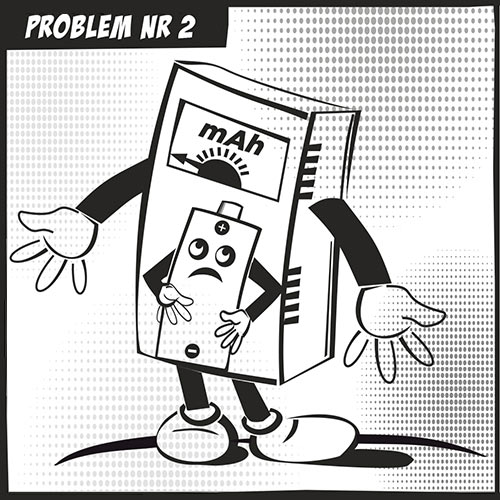
Problem No. 2: Using the Lowest Charge Currents
If we have the opportunity, we should avoid chargers with low charging current, which result in charging times exceeding 5-6 hours.
Most users are still convinced that the lower the charging current, the better for the battery. This thesis is not entirely wrong, but here the key role is played by the charger used. With a low current of 100-300 mA, we can charge all AA/AAA batteries with almost impunity, provided that we additionally control the charging time and charge batteries that were previously completely discharged.
If we have an automatic charger, then the charging current cannot be too low - with a low charging current, due to the characteristics of the voltage of Ni-MH batteries, it is impossible to precisely determine the moment of full charging of the battery. In these situations, even the best charger can have problems. If the current in the automatic charger is too low (and this will be the value of 200-300 mA for most currently manufactured batteries), the batteries are incompletely charged or significantly overcharged.
If we repeat this process regularly, unfortunately, the charged batteries can become very uneven, and as a result, the whole set can quickly degrade and wear out prematurely.
In simple terms, it can be assumed that the charger must have a charging current of at least 400-500 mA for each cell for the proper, automatic termination of charging of most Ni-MH batteries (regardless of their size). If your charger charges typical AA 2000 mAh batteries for more than 5-6 hours, unfortunately it probably does not meet this criterion and can cause problems and consequently lead to faster wear of the batteries.
To understand this problem better, we recommend that you read our other article - link.

Problem No. 3: Additional discharge of the battery in the charger before each subsequent charge
This is an absolutely bad habit that we should avoid with Ni-MH batteries.
We have already described this issue quite extensively - link. The most important argument is the fact (confirmed on the basis of official tests of Eneloop batteries) that a battery that is completely discharged each time has a service life about 4 times lower than a battery discharged to about 50%. This means that a battery that is not completely discharged each time can give off up to 100% more energy during its lifetime. The life of rechargeable batteries decreases by another 50% if we regularly discharge them below the safe voltage of 1.0V.
In the case of Ni-MH rechargeable batteries, you should not be afraid of the memory effect or the lazy battery effect. Even if such an effect occurs, it will be less problematic than the effects of synthetic, excessive wear of batteries through their additional discharge in the charger.

Problem No. 4: Incorrect (too low) measurements of the capacity of the new battery. Measuring and interpreting the battery capacity in charging mode
Not always too low a result returned by the charger will indicate a defect in the battery.
Ni-MH batteries require at least a few charging cycles to form properly. We should not expect the full performance of the battery after just 1-3 charges. The capacity during the first dozen or so charging cycles on a good quality cell is constantly slightly increasing. In addition, such a battery shapes its target voltage characteristics with subsequent charging cycles. For example, it is typical to lower the maximum voltage achieved (even by 0.05V) for completely new, unformed batteries.
Another mistake is estimating the capacity of a new cell based on the mAh value used to charge such a battery. Depending on the situation, a Ni-MH battery can take from about 100 mAh to even a multiple of its nominal capacity each time it tries to charge - this does not have to have anything to do with its actual capacity.
Here is an important remark about trying to form batteries directly in chargers.
We wrote earlier that new batteries should first be fully charged, then if possible avoid deep discharge. Many chargers have Refresh modes that automatically cycle the batteries by discharging and charging them several times. Such a seemingly convenient and relatively fast process seems to be ideal for forming new batteries - but it often does not lead to the maximum nominal capacities of the batteries and does not have to translate into optimal service life during future operation. New rechargeable batteries do not like discharging below 1.0V, and at the same time the chargers themselves have problems with full charging at the first charging cycles.
It is best to give new batteries some time to form properly - for my part, I do not recommend doing it synthetically by charging and discharging it several times directly in the charger.
The Refresh mode works best on old cells, with uncertain condition or those that may have been affected by the effect of a lazy battery.

Problem No. 5: Problems with charging new batteries or those that have not been recharged for a long time. Overcharging, overheating, undercharging of rechargeable batteries
For the first charging cycles, some rechargeable batteries require special attention.
New batteries, as well as those that we have not put in the charger for a long time, can be chimerical during the first attempts to charge them.
Even if we choose the charging current properly, it happens that either the charger turns off charging prematurely or leads to overcharging/significant heating of such batteries. In the case of completely new batteries, try to supervise the charging process - controlling its time and cell temperature. When the batteries become very warm (where it is difficult for us to keep our finger on the cell), stop the charging process.
This phenomenon is due to a certain anomaly - some batteries will not show a significant increase in voltage in the final phase of charging. Such batteries start to heat up at about 0.03-0.05V below their typical voltage level. Voltage stabilization occurs at a fairly low level without a noticeable, expected drop, which is the main determinant of a full battery charge. In such a situation, even despite the increase in temperature on the cell, the battery is usually not properly fully charged, and each charger can have really big problems with the proper completion of the charging process.
In the case of functional batteries, the problem usually disappears with subsequent charging cycles.
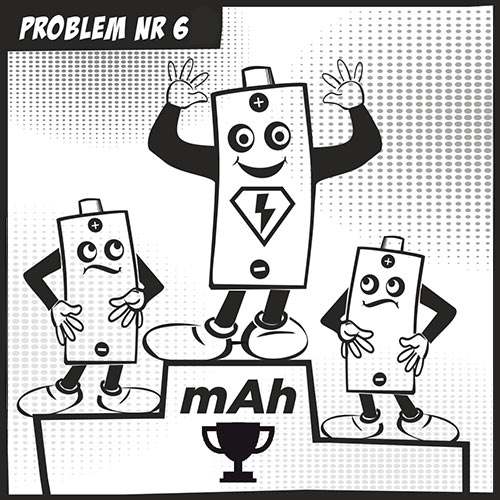
Problem No. 6: Choosing the most capacious rechargeable batteries for all devices
The battery with the highest capacity will not always be suitable for our application.
The capacity value expressed in mAh is often the main criterion for choosing a power supply for our devices. After all, a higher mAh capacity means longer operating time - but is it really?
Rechargeable batteries with the highest capacities, such as 2500 mAh for AA, or 1000 mAh for AAA, are highly strenuous and at the same time very technologically advanced. They have a high capacitance that is very close to the maximum technological limitation for Ni-MH technology. Usually, such batteries are also characterized by low resistance and high current efficiency.
Unfortunately, typical AA 2450 mAh batteries usually age 3-5 times faster compared to 1900 mAh batteries. Such capacious batteries very often work very unpredictably after 2-3 years of operation - even if they have been rarely (or not at all) used. In addition, they do not tolerate deep discharges as well. The capacity and resistance parameters in the case of the most capacious batteries degrade and deteriorate many times faster than in the case of more common batteries with lower nominal capacities. In addition, the automatic voltage drop is much more noticeable on the most capacious batteries - and thus the self-discharge effect is also more noticeable for the user.
The most capacious rechargeable batteries are dedicated primarily to demanding devices, where the periods between subsequent recharges are predictable in advance and do not exceed a few weeks. They are best suited for professional applications where instantaneous performance is of the utmost importance.
If you want to use rechargeable batteries in devices that operate on such power for long weeks or months, or are used occasionally, models with moderate capacity, not exceeding 800 mAh for the AAA R03 size, or 2100 mAh for AA R6, will be a better choice.
Similarly, when our rechargeable batteries are recharged very regularly - e.g. every day in a cordless phone or a solar lamp, we should choose rechargeable batteries with the lowest possible capacities (and at the same time much higher life).
If our devices on typical disposable batteries last for many months or years, the use of rechargeable batteries may be completely unjustified.

Problem No. 7: Using rechargeable batteries as a direct replacement for disposable batteries in all devices
In many devices, the use of rechargeable batteries brings virtually no benefits, neither economic nor ecological.
Supporters of the use of rechargeable batteries instead of disposable batteries very often cite longer battery life and environmental considerations as the main argument. However, both arguments are not always confirmed in practice. Rechargeable batteries will not always work optimally and longer in a given device. The carbon footprint of a Ni-MH battery is several times higher than that of a typical alkaline battery. It is completely pointless to install rechargeable batteries (especially the most capacious ones) in devices that do not require battery replacement for a year or more.
After 2-3 years of operation (regardless of its nature), almost all the most capacious Ni-MH batteries turn out to be very unreliable and unpredictable.
If we absolutely want to install rechargeable batteries in as many devices as possible, then in the case of devices where we very rarely replace batteries, these should be rechargeable batteries with much lower capacities - e.g. 500 mAh for AAA R03, or 1000 mAh for AA R6.
The only argument that actually speaks in favor of rechargeable batteries is almost complete resistance to spilling. Ni-MH batteries, due to their design, very rarely pour themselves during their entire operation, unless it is provoked "from the outside" (e.g. by a short circuit, mechanical damage, extreme temperatures, far-reaching overcharging or too deep discharge, which may be accompanied by a devastating cell reversal).

Problem No. 8: Your charger needs to charge the batteries in pairs
This is a strong simplification and, in my opinion, a design error of some chargers - if we still use such a charger, we should consider replacing it with one with a sufficiently high charging current and independent charging channels.
There are still charger models available on the market that require the batteries to be installed in pairs. Such chargers should be avoided, because we usually do not have equal batteries, with exactly the same degree of charge/discharge and installing an unequal pair in such a charger will always result in suboptimal charging. In the long run, this will mean a significant reduction in the service life of our cells.
In addition, such chargers often have very low charging currents, which makes it even more difficult to assess their full charge (according to point 2).
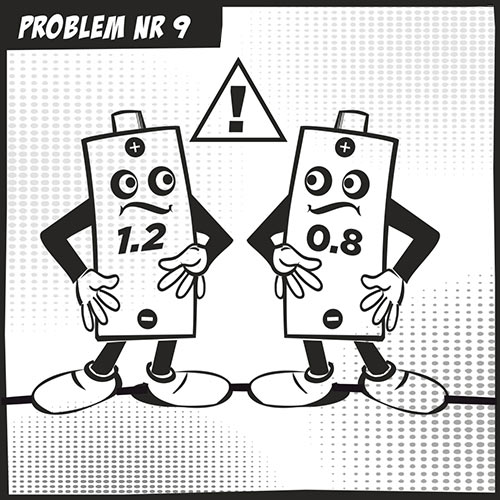
Problem No. 9: Using different rechargeable batteries in one device
Avoid this if you care about the life of the batteries.
Installing different batteries or uneven ones with different degrees of charge usually results in too deep discharge of the weakest cell and significantly shortened operating time of the entire device. As a result, this extremely discharged battery will be unnecessarily and permanently destroyed in such situations - similarly as we described it in point 1.
Author: Michał Seredziński
Copying the content of the article or its part without the consent of a representative of Baltrade sp. z o.o. is prohibited.
Recommended rechargeable batteries in the hurt.com.pl store:
4x everActive R6/AA Ni-MH 2000 mAh ready to use "Silver line"
4x everActive R6/AA Ni-MH 2600 mAh ready to use "Professional line"
4 x Panasonic Eneloop Ni-MH 2000mAh BK-3MCDE/4BE rechargeable batteries (blister)
New - improved MCDE series
Higher capacity min. 2000 mAh
New eco-friendly packaging for storing rechargeable batteries
- up to 2100 charging cycles
- retains 70% of energy after 10 years after charging!
- works at low temperatures down to -20°C. C!
- charged in the production process with solar energy
Made in Japan
4 x Panasonic Eneloop PRO NEW Ni-MH 2500mAh batteries R6 / AA BK-3HCDE/4BE (blister)
New improved HCDE series
New eco-friendly packaging for storing rechargeable batteries
- the highest capacity among the new generation of 2500 mAh rechargeable batteries
- retains 85% of energy after 12 months after charging!
- works at low temperatures down to -20°C. C!
- charged in the production process with solar energy
Made in Japan
